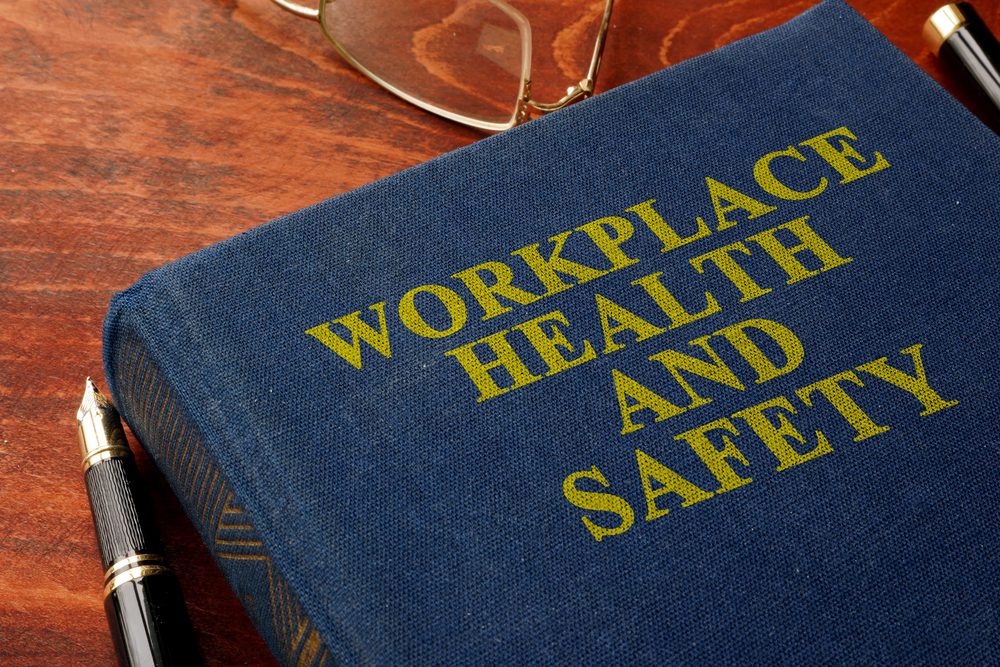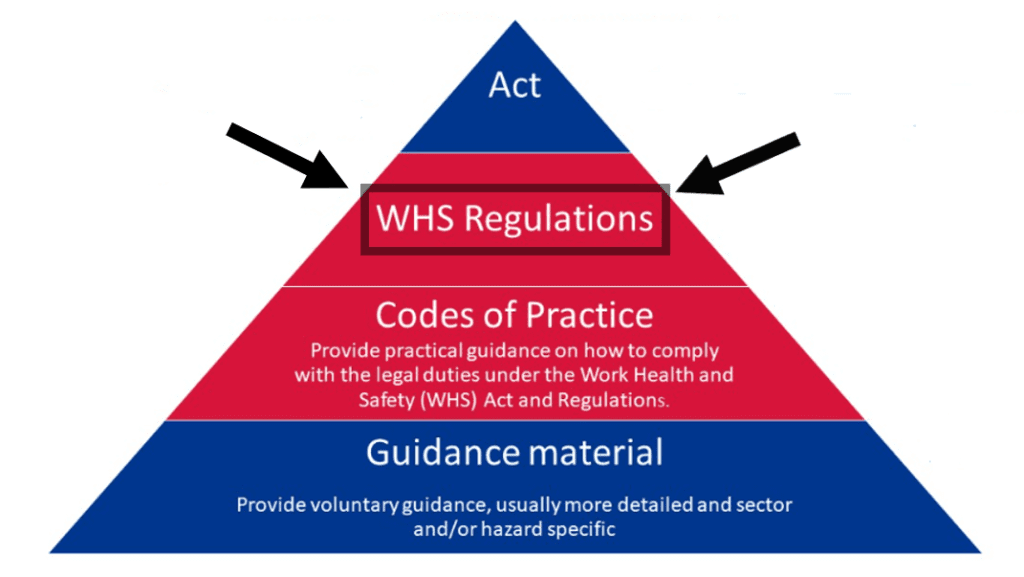The Work Health and Safety Regulation NSW (2017) is an update to the previous WHS Regulations (2011). The new document is largely the same, with very few significant changes. In short, if you were complying with 2011 regulations, you will likely also be complying with the new 2017 regulations. The changes are summarized in the below table:
| Old WHS Regulations (2011) | New WHS Regulation (2017) |
| Name of Regulation | |
| This Regulation is the Work Health and Safety Regulation 2011. | This Regulation is the Work Health and Safety Regulation 2017. |
| Definitions | |
| UN number has the same meaning as it has in Attachment 2 of the ADG Code | UN number has the same meaning as it has in the ADG Code. |
| Demolition Work | |
| Note. Not adopted in NSW. See clause 64 of Schedule 18B (Savings and transitional provisions). | Note. Not adopted in NSW. See clause 64 of Schedule 18B (Savings and transitional provisions) to the Work Health and Safety Regulation 2011 (repealed) that continues to have effect by operation of section 30(2)(d) of the Interpretation Act 1987. |
| s702 Confidentiality of Information | |
| The provision lists the Acts that are prescribed for the purposes of section 271 (3) (c) (ii) of the Act. | The provision remains the same, except that the format of the numbering (a), (b), (c) has been changed slightly. |
| s702(a)Penalty notice offences and penalties (now Savings) | |
| The provision relates to “Penalty notice offences and penalties”. Clause 702A(1) relocated to Schedule 18A under the heading, “Schedule 18A Penalty notice offences” with slight changes in wording to be consistent with the Fines Act 1996 regarding penalty notices being “issued” rather than being “served”. Clause 702A(2) to be deleted. | Any act, matter or thing that, immediately before the repeal of the Work Health and Safety Regulation 2011, had effect under that regulation continues to have effect under this Regulation. |
| Schedule 18A Penalty notice offences | |
| Schedule 18A contains the table of offences and penalty amounts. | For the purposes of section 243 of the Act: each offence specified in Column 1 of this Schedule is an offence for which a penalty notice may be issued, and the amount payable under any such penalty notice is:
– in the case of an amount payable by an individual—the amount specified in relation to the offence in Column 2 of this Schedule, and – in the case of an amount payable by a corporation—the amount specified in relation to the offence in Column 3 of this Schedule. |
| Schedule 18B Savings and transitional provisions | |
| Entire schedule removed.
|
Entire schedule removed.
Savings notes have been inserted in clauses 143 and 702A, which refer to the Schedule 18B Savings and transitional provisions in the WHS Regulation 2011, and provide that Schedule 18B continues to have effect by operation of section 30(2)(d) of the Interpretation Act 1987. |
The Work Health and Safety Regulation 2017 (WHS Regulation) is a legal document that outlines the requirements for work health and safety in New South Wales, Australia. It is designed to protect the health, safety, and welfare of all workers and the health and safety of other people who may be affected by the work.
The WHS Regulation applies to all workplaces in New South Wales, including businesses, organizations, and individuals who employ workers or engage contractors. It covers a wide range of topics, including hazard identification, risk assessment, risk control, and the management of incidents and emergencies.
The WHS Regulation is part of a broader framework of Australia’s work health and safety laws, including the Work Health and Safety Act 2011 (WHS Act) and other state and territory regulations. Together, these laws form the basis for work health and safety in Australia.
Key provisions of the Work Health and Safety Regulation 2017
The WHS Regulation sets out a number of key provisions that apply to all workplaces in New South Wales. Some of the main provisions include:
Duty of care
Under the WHS Act, all duty holders (including employers, self-employed people, and other people in control of a workplace) have a duty of care to ensure, so far as is reasonably practicable, the health and safety of workers and others who may be affected by their work. This means that duty holders must take all reasonable steps to eliminate or minimise risks to health and safety.
Risk assessment and control
The WHS Regulation requires duty holders to identify and assess the risks associated with work activities and to implement appropriate controls to eliminate or minimise those risks. This may include implementing safe work practices and procedures, providing personal protective equipment, and ensuring that plant and equipment are properly maintained and used safely.
Incident and emergency management
The WHS Regulation sets out requirements for the management of incidents and emergencies in the workplace. This includes the need to have appropriate procedures in place for responding to incidents and emergencies and the need to provide first aid and other medical assistance as required.
Workplace consultation
The WHS Regulation requires duty holders to consult with workers and their representatives on work health and safety matters. This includes the need to consult on the development and review of policies and procedures and identify and assess risks.
Summary of the Work Health and Safety Regulation 2017
The Work Health and Safety Regulation 2017 is a legal document that sets out the work health and safety requirements in New South Wales, Australia. It applies to all workplaces in the state and covers a range of topics, including hazard identification, risk assessment, and risk control, as well as the management of incidents and emergencies. The WHS Regulation is part of a broader framework of Australia’s work health and safety laws, including the Work Health and Safety Act 2011 and other state and territory regulations.
PDF version of the Work Health and Safety Regulation 2017
The Work Health and Safety Regulation 2017 is available as a PDF document on the SafeWork New South Wales website. This website also provides information on other work health and safety laws and regulations in New South Wales and guidance on how to comply with these laws.
What are the 5 C’s in health and safety?
- Consultation: This involves consulting with workers and their representatives on work health and safety matters. It is important to involve workers in identifying and assessing risks, as well as developing and reviewing policies and procedures.
- Cooperation: This involves working with other duty holders and stakeholders to ensure the health and safety of workers and others affected by the work. This may include coordinating activities and sharing information and resources.
- Communication: This involves effectively communicating information about work health and safety to workers and others affected by the work. This may include providing training and information on safe work practices and procedures and keeping workers informed of any changes or updates to these practices.
- Control: This involves implementing appropriate controls to eliminate or minimise risks to health and safety. This may include providing personal protective equipment, implementing safe work practices and procedures, and ensuring that plant and equipment are properly maintained and used safely.
- Commitment: This involves a commitment from all levels of the organization to work health and safety. This includes a commitment from management to provide the necessary resources and support for the effective management of work health and safety, as well as a commitment from workers to follow safe work practices and procedures.
Resources
- SafeWork New South Wales website: This website provides information on the Work Health and Safety Regulation 2017 and other work health and safety laws and regulations in New South Wales. It also provides guidance on how to comply with these laws and access to a range of resources, including fact sheets, templates, and other tools.
- Australian Government Department of Health website: The Department of Health website provides information on work health and safety laws and regulations in Australia, including the Work Health and Safety Act 2011 and state and territory regulations. It also provides guidance on how to manage work health and safety in the workplace and access to a range of resources, including fact sheets, templates, and other tools.
We offer these courses in local workplace environments as well as through digital streaming services in Capital cities and also rural locations in between.





















